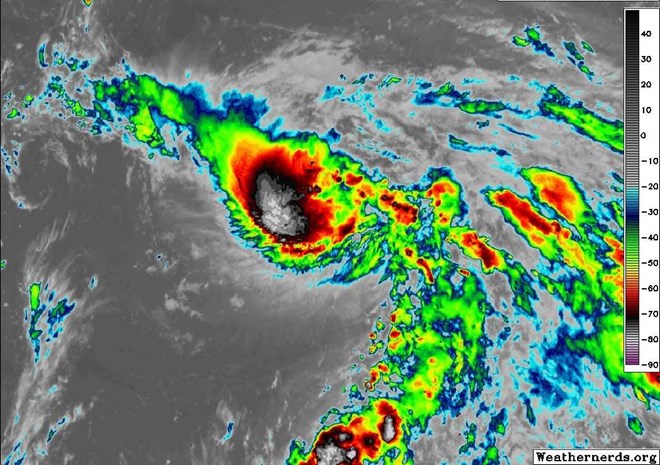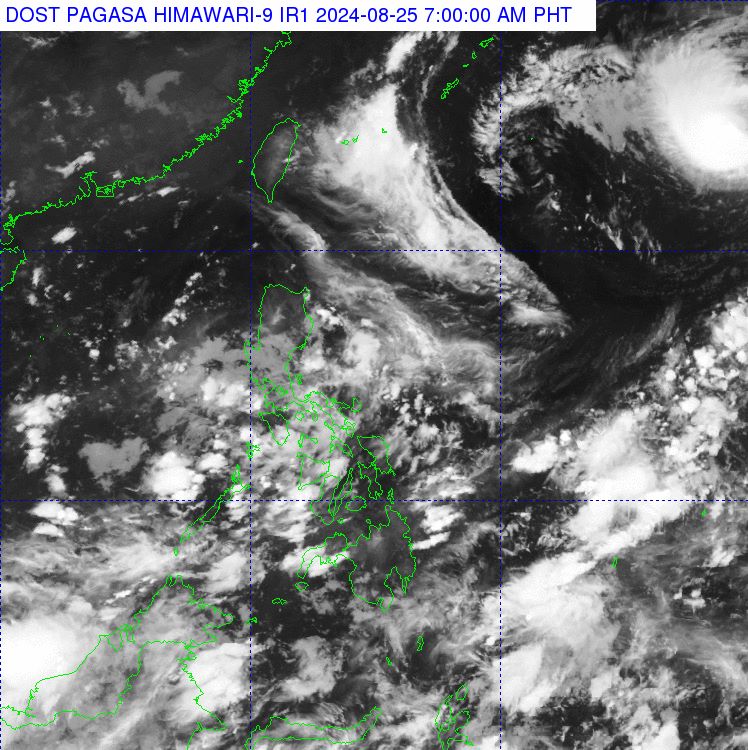According to the latest storm news, after leaving the Philippines, Typhoon Shanshan continues to strengthen and may become a super storm when it makes landfall.

The storm forecast bulletin of the Philippine Atmospheric, Geophysical and Astronomical Services Administration (PAGASA) said that at 3:00 a.m. on August 25, the center of storm Shanshan was at about 23.7 degrees north latitude; 140.2 degrees east longitude, about 1,980 km east-northeast of the northeastern tip of Luzon.
Wind speeds near the center of the storm reached 120 km/h, with gusts up to 150 km/h. The storm moves north-northwest, traveling 20 km per hour.
The Japan Meteorological Agency (JMA) said that storm Shanshan is expected to become the strongest storm to hit Japan in 64 years, and could become a level 5 super storm on the Saffir-Simpson level 5 storm scale when it lands in Japan. Copy.
According to JMA, storm Shanshan is expected to make landfall on August 27 with maximum winds of 225 km/h. Shanshan is expected to reach Kyushu and Shikoku before 9 a.m. on August 27.
The JMA issued warnings for lightning, wind gusts, hail and torrential rain over the weekend as the outer bands of the storm interact with warm air near the high-pressure system. Tokyo and surrounding areas have been hit by heavy rains, leading to flooded roads and train disruptions.

The Tokaido, Sanyo, Joetsu and Hokuriku Shinkansen bullet train operators said they may cancel or suspend operations on August 27 and 28 due to the storm.
Satellite images show the growing strength of Typhoon Shanshan, with a clearly defined eye, suggesting there are no significant obstacles that could weaken the storm. The scale of the storm suggests it could cause widespread damage when it makes landfall.
Typhoon season occurs year-round, but most storms form from early July to mid-December. Japan, the Philippines and Taiwan (China) are frequently affected, sometimes with impacts on the Korean Peninsula , China, Vietnam and the US territory of Guam.
Last year, super typhoon Mawar devastated Guam, causing billions of dollars in damage.





